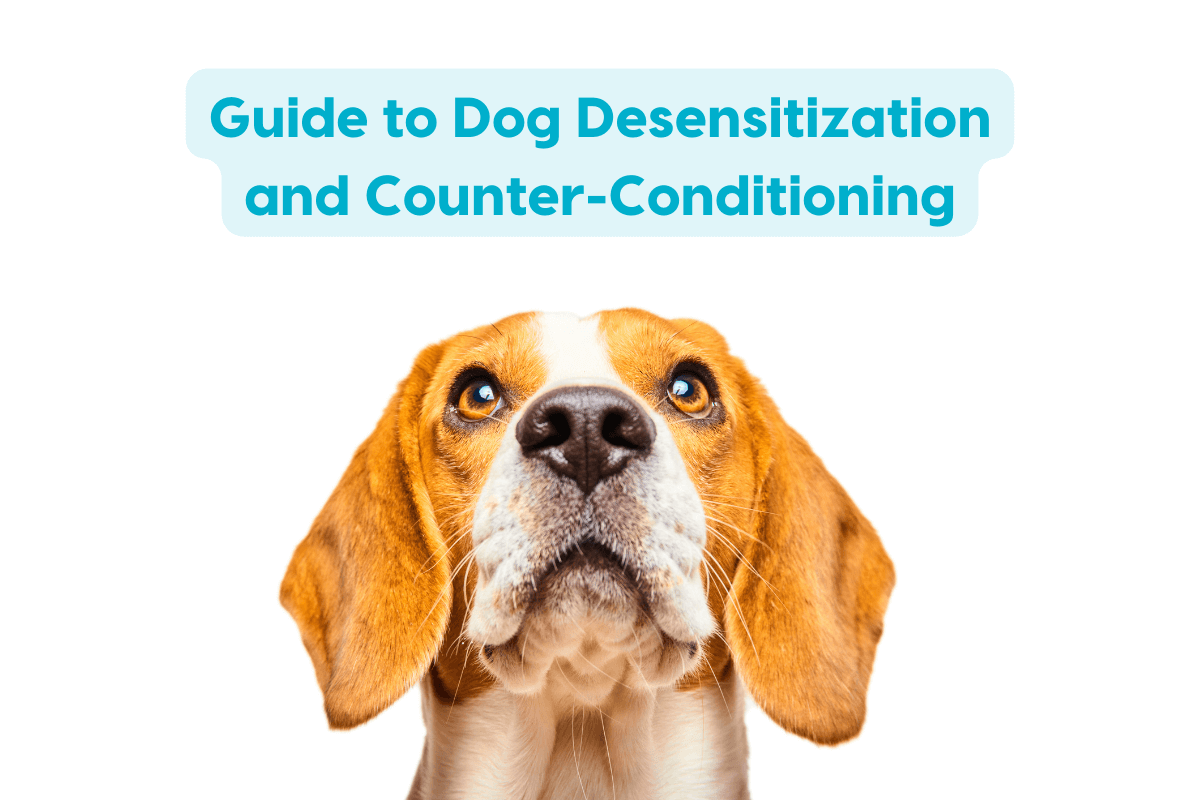Introduction:
While dogs are known for their loyalty and affection, canine aggression can pose challenges for pet owners. Understanding the root causes of aggression and implementing effective strategies is crucial for creating a harmonious and peaceful home environment. In this article, we’ll delve into the complexities of canine aggression, offering insights and practical strategies to promote a secure and calm atmosphere for both you and your furry companion.
Section 1: Recognizing Canine Aggression
A. Defining Canine Aggression:
- Introduce the concept of canine aggression and its various forms, including territorial, fear-based, and possessive aggression.
- Discuss how recognizing the signs of aggression is essential for addressing the issue.
B. Common Triggers:
- Highlight common triggers of canine aggression, such as fear, anxiety, resource guarding, and territorial instincts.
- Emphasize the importance of identifying specific triggers to tailor strategies effectively.
Section 2: Seeking Professional Evaluation
A. Consulting with a Veterinarian:
- Encourage pet owners to consult with a veterinarian when dealing with aggression issues.
- Discuss how medical conditions or pain may contribute to changes in behavior.

B. Professional Behaviorists and Trainers:
- Advocate for seeking guidance from certified behaviorists or trainers experienced in addressing canine aggression.
- Discuss the benefits of professional expertise in developing tailored behavior modification plans.
Section 3: Creating a Safe Environment
A. Identifying Triggers and Avoidance:
- Discuss the importance of identifying specific triggers for aggression and implementing avoidance strategies.
- Explore ways to create a safe space for the dog, minimizing exposure to triggers.
B. Secure Containment:
- Emphasize the significance of secure containment, especially for dogs exhibiting territorial or fear-based aggression.
- Discuss the use of gates, crates, or designated safe zones to prevent potential conflicts.
Section 4: Positive Reinforcement Training
A. Reward-Based Training:
- Introduce the concept of positive reinforcement training as a cornerstone for addressing canine aggression.
- Discuss how rewarding desired behaviors can reshape a dog’s response to triggers.
B. Desensitization and Counterconditioning:
- Explain the techniques of desensitization and counterconditioning to gradually change a dog’s negative associations.
- Provide examples of controlled exposure to triggers with positive reinforcement.
Section 5: Consistent Rules and Routine
A. Establishing Consistency:
- Stress the importance of consistency in rules and routines for a dog’s sense of security.
- Discuss how a predictable environment can alleviate anxiety and reduce aggressive behavior.
B. Positive Human-Animal Interaction:
- Encourage positive human-animal interactions to strengthen the bond and build trust.
- Discuss the role of positive experiences in fostering a calm and confident demeanor.
Section 6: Managing and Monitoring
A. Understanding Thresholds:
- Discuss the concept of a dog’s threshold, the point at which aggression may be triggered.
- Emphasize the importance of monitoring and managing situations to keep a dog below their threshold.
B. Implementing Safety Measures:
- Provide examples of safety measures, such as muzzles or head collars, to use during training or potentially challenging situations.
- Discuss the responsible use of safety tools for both the dog’s and owner’s well-being.
Conclusion:
Understanding and addressing canine aggression requires patience, dedication, and a combination of strategies tailored to the individual dog’s needs. By seeking professional guidance, creating a safe environment, implementing positive reinforcement training, and maintaining consistent routines, pet owners can pave the way for a peaceful and fulfilling relationship with their furry companions. Remember, with the right approach and commitment, a peaceful and loving home is achievable for both you and your dog.